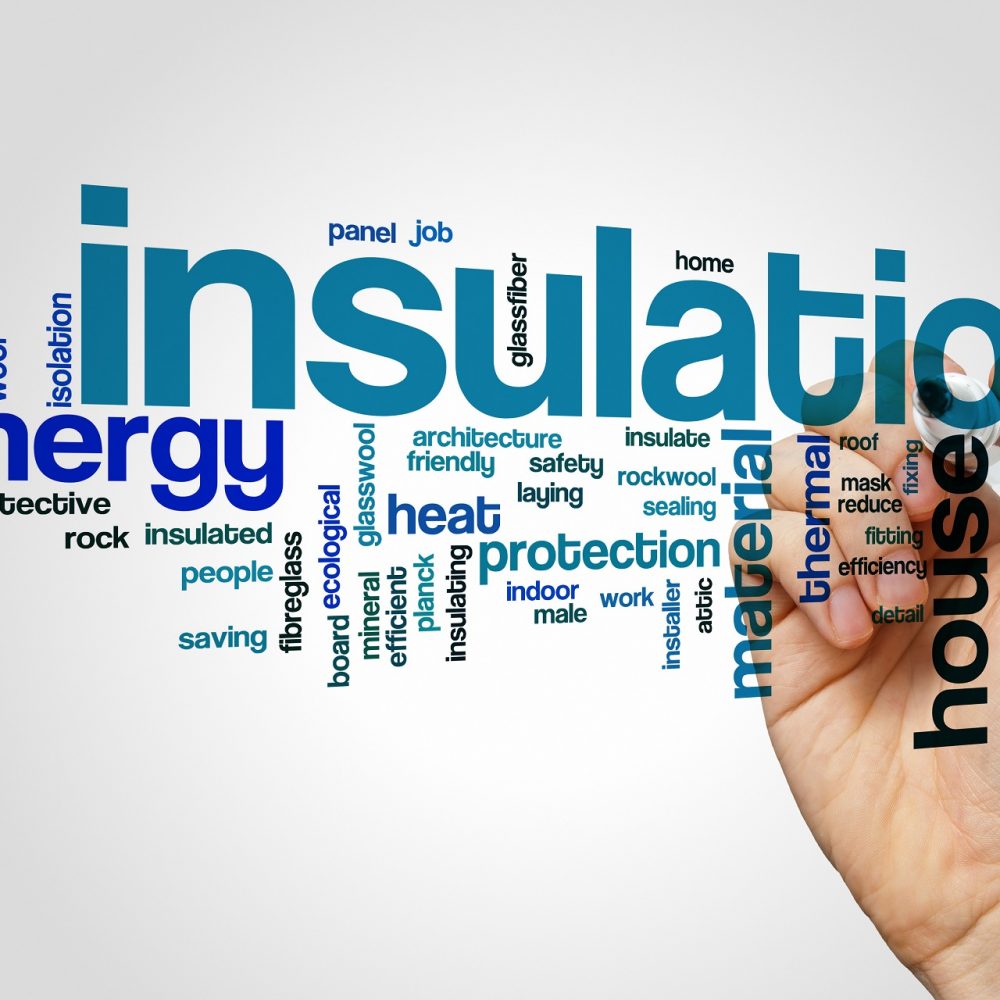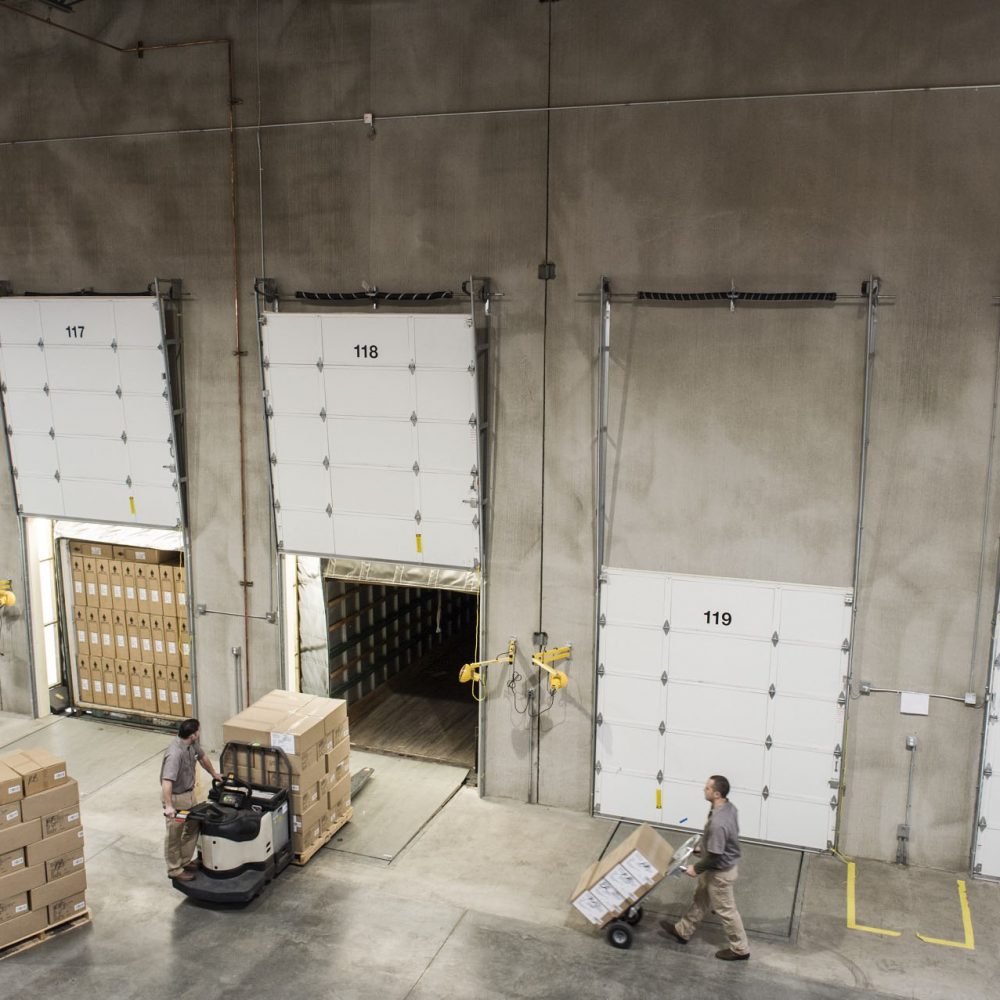
Heating production halls is a challenge, especially when large-area and often tall buildings are concerned, and when specific standards have to be met. Individual investor requirements can also make the selection of heating systems more difficult. What can be used to heat a production hall and what are the best solutions?
The choice of appropriate heating in production halls and other industrial facilities is primarily intended to ensure proper working conditions and to reduce the running cost – this is mainly about the expenses on electricity. Another challenge, when it comes to heating a warehouse, is to maintain the right temperature required for the storage of specific goods. Even more demanding in this respect are the cold stores and refrigeration plants, where only a few degrees Celsius at most is allowed.
How do you heat a production hall?
Heating large halls is a challenge, not least because of the need to even out the temperature when significant heat losses occur in a short period of time. All it takes to experience noticeable heat loss is to open the loading docks and the heavy vehicle or human to move in and out. Why is this happening? Because warm air always goes up, while cold air flows directly into the working area.

Moreover, note also that heating is not the only system in place. It is closely linked to the ventilation. Production halls should also have adequate circulation – a system of vents and extractors to remove used air. Both systems must operate efficiently so as not to disrupt the operation of the production facility.
Heating of production halls – the most common methods
Depending on the investor’s needs and expectations, you can choose between radiant heaters, heaters, curtains and air handling units.
Heaters and air curtains
Air heaters are increasingly used for heating of halls. They are placed on walls, columns or under the ceiling. Their fans can be directed to any location, additionally setting the flow range. This increases the thermal comfort inside. The heaters can be powered by natural gas, electricity or biofuels, depending on the model.
Air curtains can also be provided to reduce the flow of warm air out of a building or, conversely, the intrusion of cold gusts inside.
Water radiators
Another method used to heat production halls are water, electric or gas radiators. They work well wherever heating is only needed in specific zones, for example near a production line. The advantages of radiators include quiet operation, low energy loss compared to convection heating and the possibility to suspend the devices at the ceiling so that they do not interfere with the facility layout.



